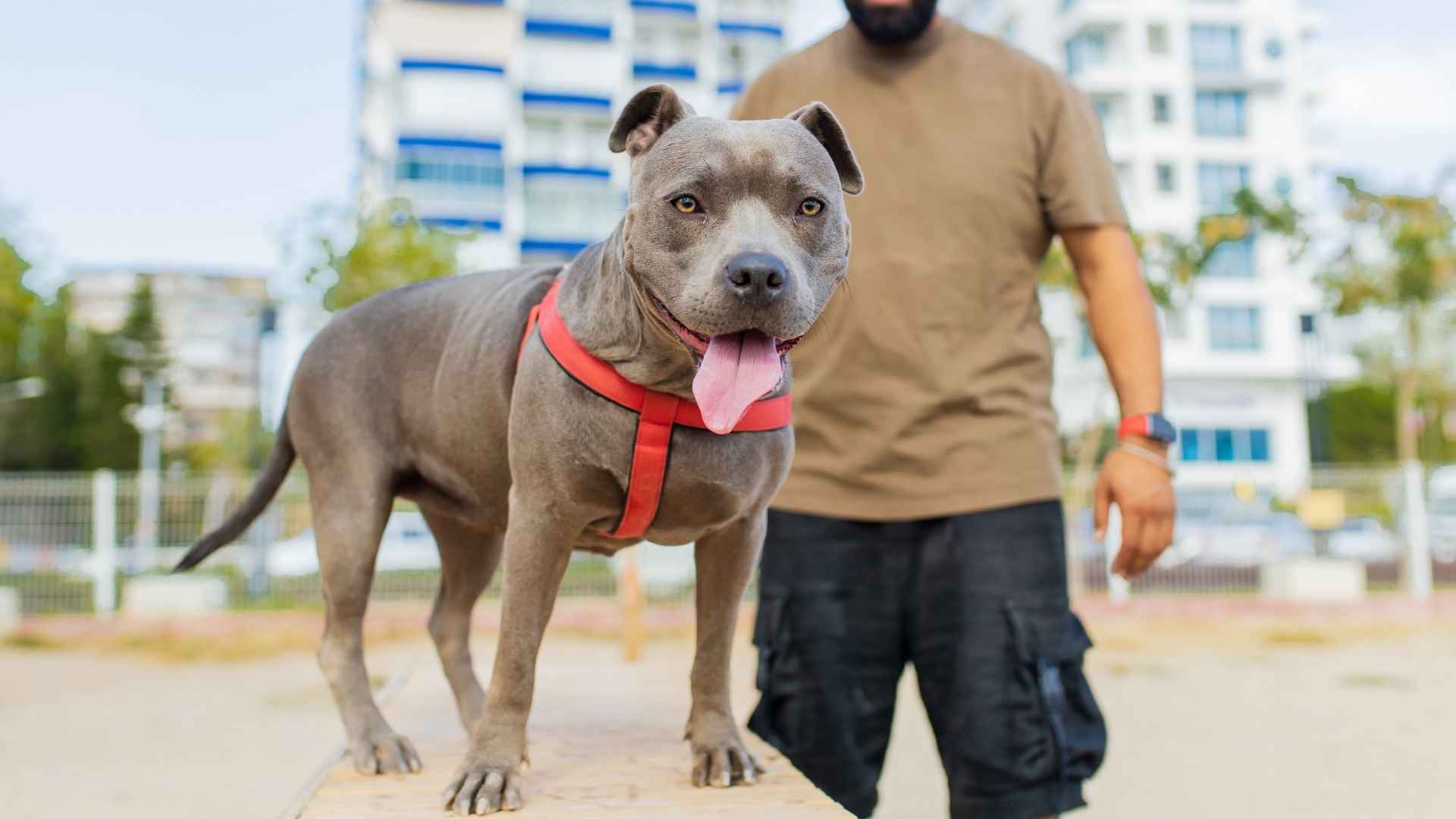Why would a billionaire choose a dog over a full-time security team? Why do celebrities like Tom Hardy and Megan Fox rely on their dogs not just for love, but for life protection? The answer lies in the power of training, instinct, and unshakable loyalty.
Some dogs are born with the drive to guard and the courage to confront threats without hesitation. With their speed, bite strength, and unwavering obedience, these dogs act as a silent force field around their owners.
They don’t freeze up, don’t get distracted, and won’t hesitate if danger strikes. Whether on private jets, at red carpet events, or inside multimillion-dollar estates, these elite dogs stay ready.
In this article, you’ll discover the dog breeds celebrities trust most when personal security becomes a lifestyle necessity.
Dog Breeds Used for Celebrity Bodyguards
1. Belgian Malinois
Belgian Malinois are widely chosen for high-alert security roles due to their consistent focus and sharp reflexes. They’re fast, efficient, and maintain control even in intense situations. Their history in working environments shows how deeply wired their precision-based behavior is.
Trusted by Global Protection Teams
This breed is actively used by the military, law enforcement, and personal security teams across the world, as stated in the AKC. Their training includes obedience under pressure, scent detection, and guarding protocols. These qualities have led to their popularity among executive protection dogs.
Fast Learner With Strong Environmental Awareness
They quickly process commands and adjust to new settings, whether indoors or outdoors. Their alertness often extends to tracking unusual movements or unfamiliar sounds without delay. This balance of speed and awareness gives them a strategic edge in the field.
Not Suited for Casual Handling
While deeply loyal to their handlers, Malinois require consistent engagement and structure. They do not perform well without experienced guidance and may develop behavioral issues if under-stimulated. This makes them very different from a typical family pet.
2. Doberman Pinscher
Dobermans are known for their athletic structure and natural alertness in unfamiliar surroundings. Their movement is fast, deliberate, and coordinated, which helps them cover ground quickly during patrol or pursuit. These traits are why they remain a top choice for physical deterrence.
Deep Bonds With Their Primary Handler
They form a strong working relationship with their trainer, which is central to their reliability in high-risk settings. This loyalty strengthens their response to protective tasks and commands. Their protective nature doesn’t rely on aggression but on calm, decisive control.
Highly Trainable with Structured Direction
Dobermans respond exceptionally well to disciplined routines and handler consistency. Their ability to retain complex instructions and execute them under stress is one of their most valued traits. This consistency is what sets them apart in professional guard dog roles.
Need for Social Awareness and Balance
This breed can coexist with other pets but needs early socialization and close supervision, as mentioned in PetMD. Their instincts are strong, and they assess movement or tone quickly. A lack of structure may lead to overstimulation or reactivity in less controlled environments.
3. Rottweiler
Rottweilers have a powerful frame that contributes to their effectiveness in physical security. Their calm demeanor under stress allows them to assess situations before reacting. This ability makes them reliable in protection roles that require controlled presence.
Deeply Rooted in Protective History
Originally bred as cattle drovers and guard dogs, Rottweilers are known for their territorial instincts and situational awareness. Their legacy as one of the oldest working dogs is supported by their consistent performance in roles requiring physical endurance.
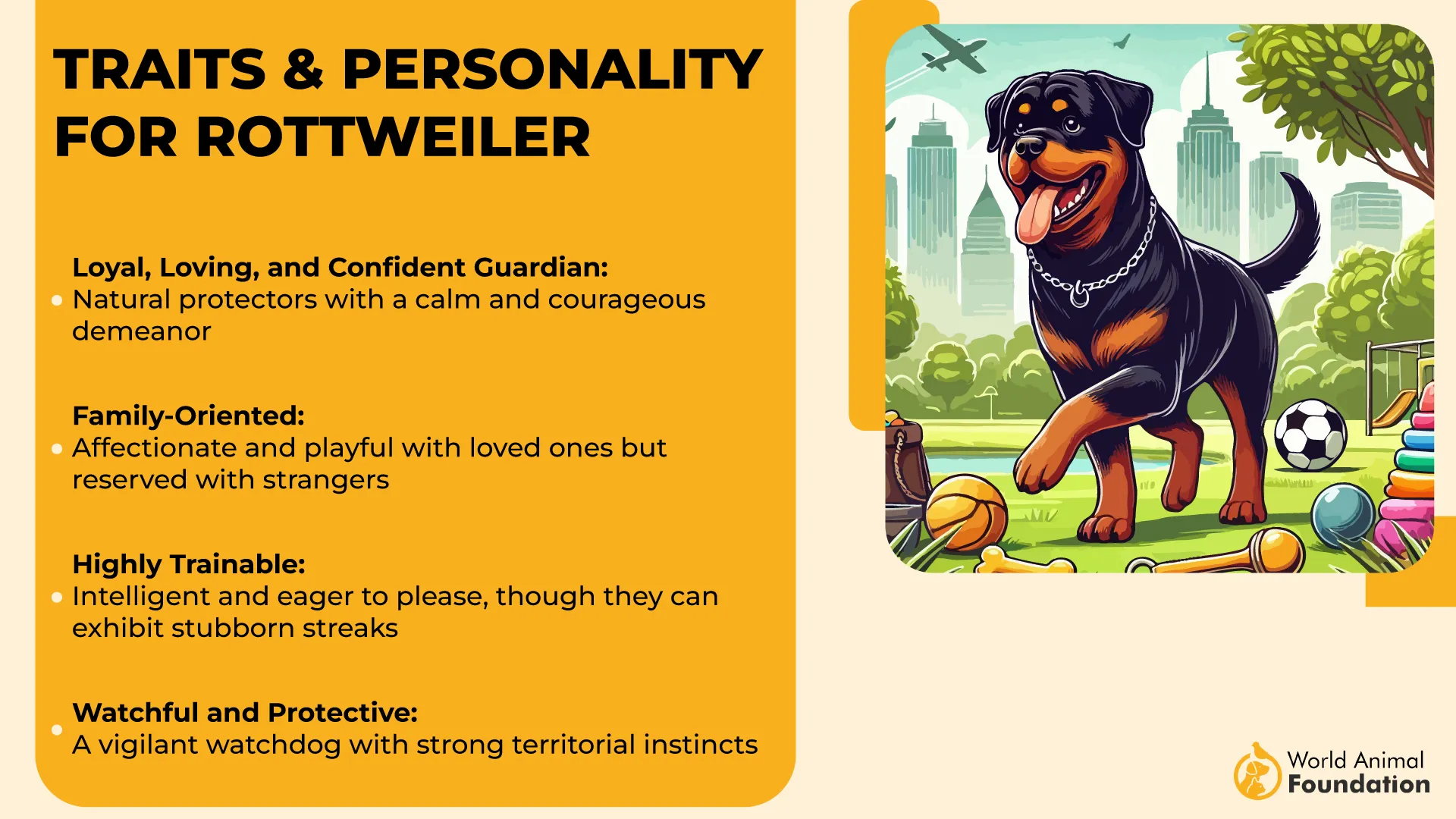
Intelligence Backed by Discipline
With professional training, Rottweilers excel in obedience and task-specific response. They retain commands quickly and adapt to structured environments. This makes them suitable for roles involving perimeter security and close protection services.
Balanced Nature in the Right Home
Rottweilers can adapt to structured family life when given boundaries and daily mental work. They are generally calm around children but require supervision around other dogs. Consistency, experience, and early socialization help bring out their best qualities.
4. Giant Schnauzer
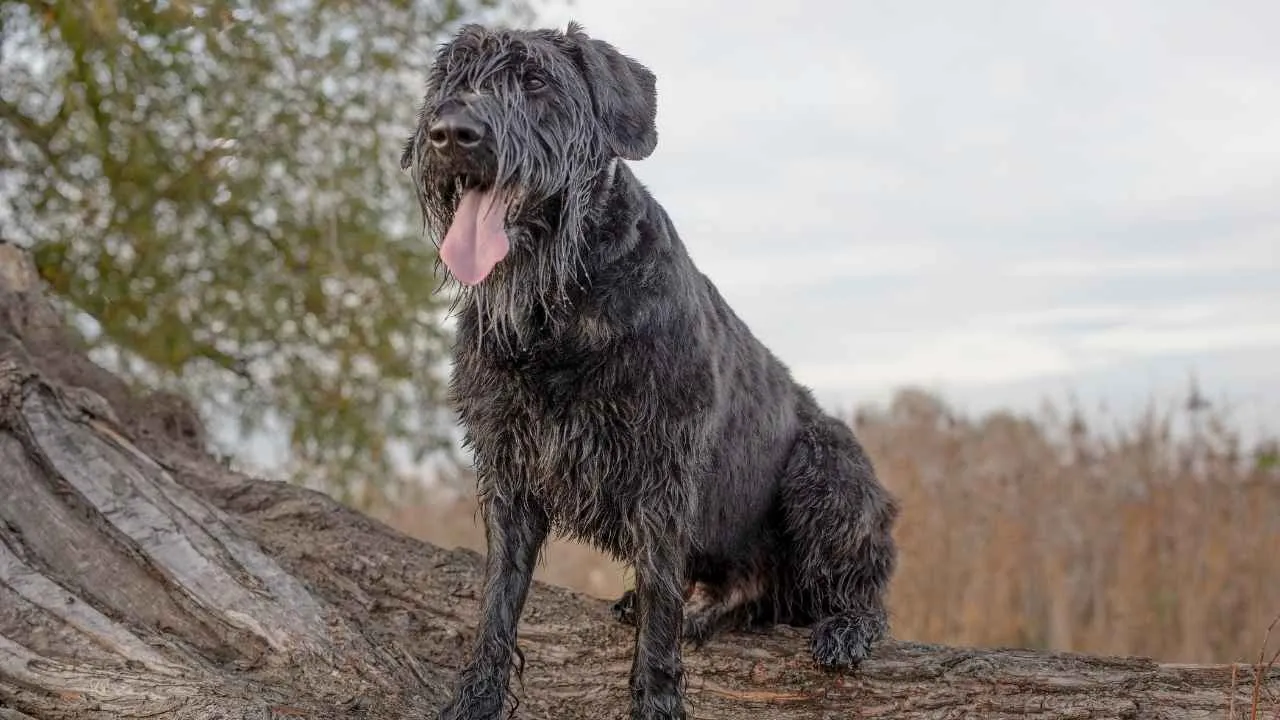
Giant Schnauzers are built with strong bone structure, dense muscle, and unmatched territorial awareness. Originally developed to drive cattle and guard properties, their instincts remain sharp and commanding. This physical and mental balance makes them suitable for high-stakes protection work.
Demanding But Rewarding to Train
Training this breed requires discipline and consistency from an early age. They respond well to clear routines and benefit most from positive reinforcement techniques. Without proper structure, they may become dominant or too independent for security tasks.
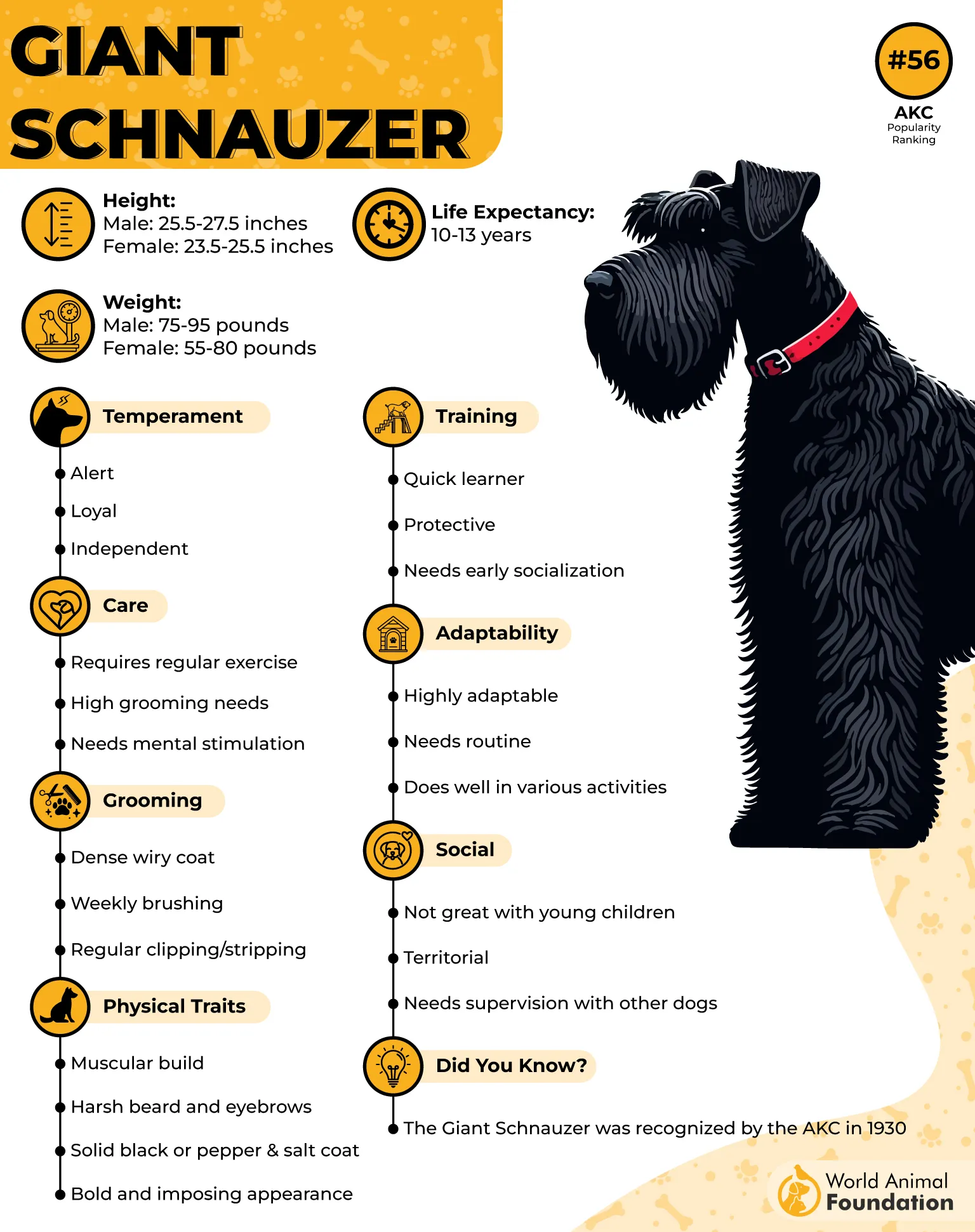
Always Alert and Mentally Engaged
This is a breed that craves complex tasks and mental stimulation as much as physical movement. They perform best when given daily challenges, whether in the form of scent work, guarding drills, or advanced commands. Boredom can lead to restlessness and behavioral issues.
Protective With Strong Bonds
They’re naturally suspicious of strangers and loyal to their handlers, forming intense bonds over time. In experienced hands, they often become more than working partners and act like a best friend with a protective instinct. That loyalty is part of their long-term value.
5. Boerboel
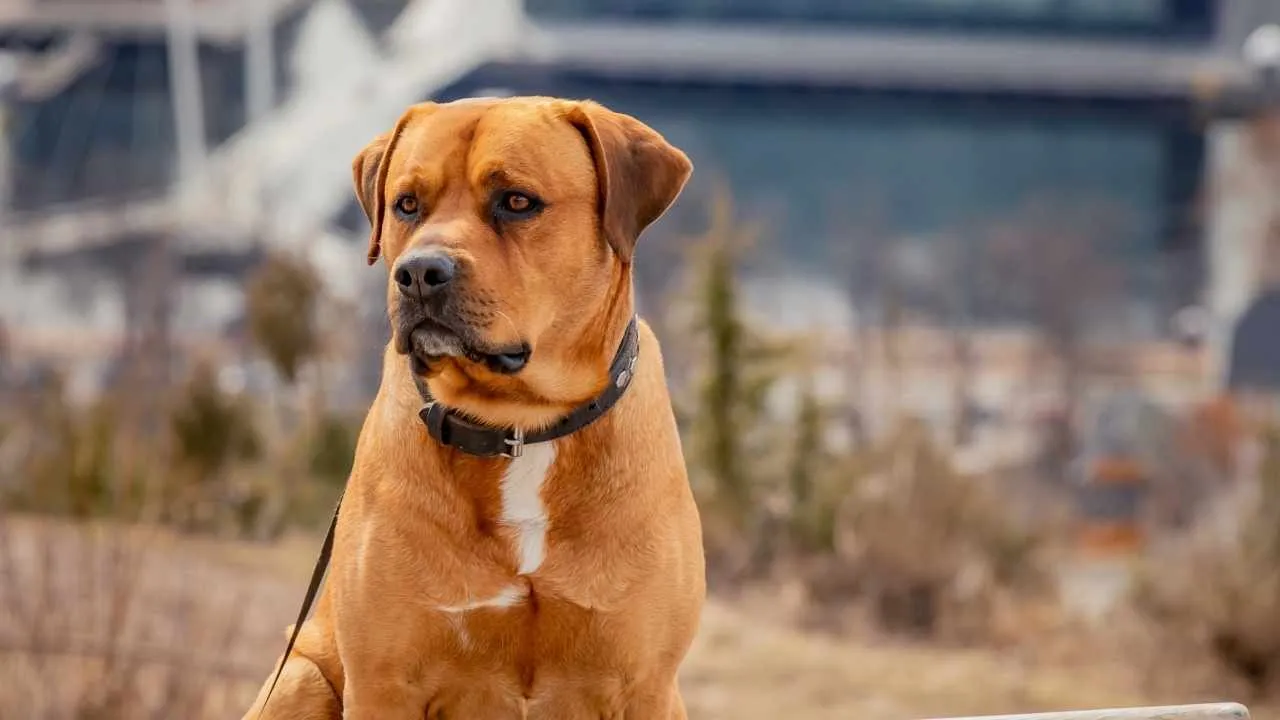
Boerboels are known for their massive build and solid muscle mass, originally bred to guard remote farms in South Africa. Their size alone acts as a visual deterrent, but it’s their presence and self-control that professionals rely on. They remain grounded even during unexpected confrontations.
Protective Instinct with Measured Response
These dogs show a natural awareness of their surroundings without being reactive. They’re cautious toward unfamiliar movement but rarely act out without cause. This makes them reliable for long hours of property or personal security in both quiet and active spaces.
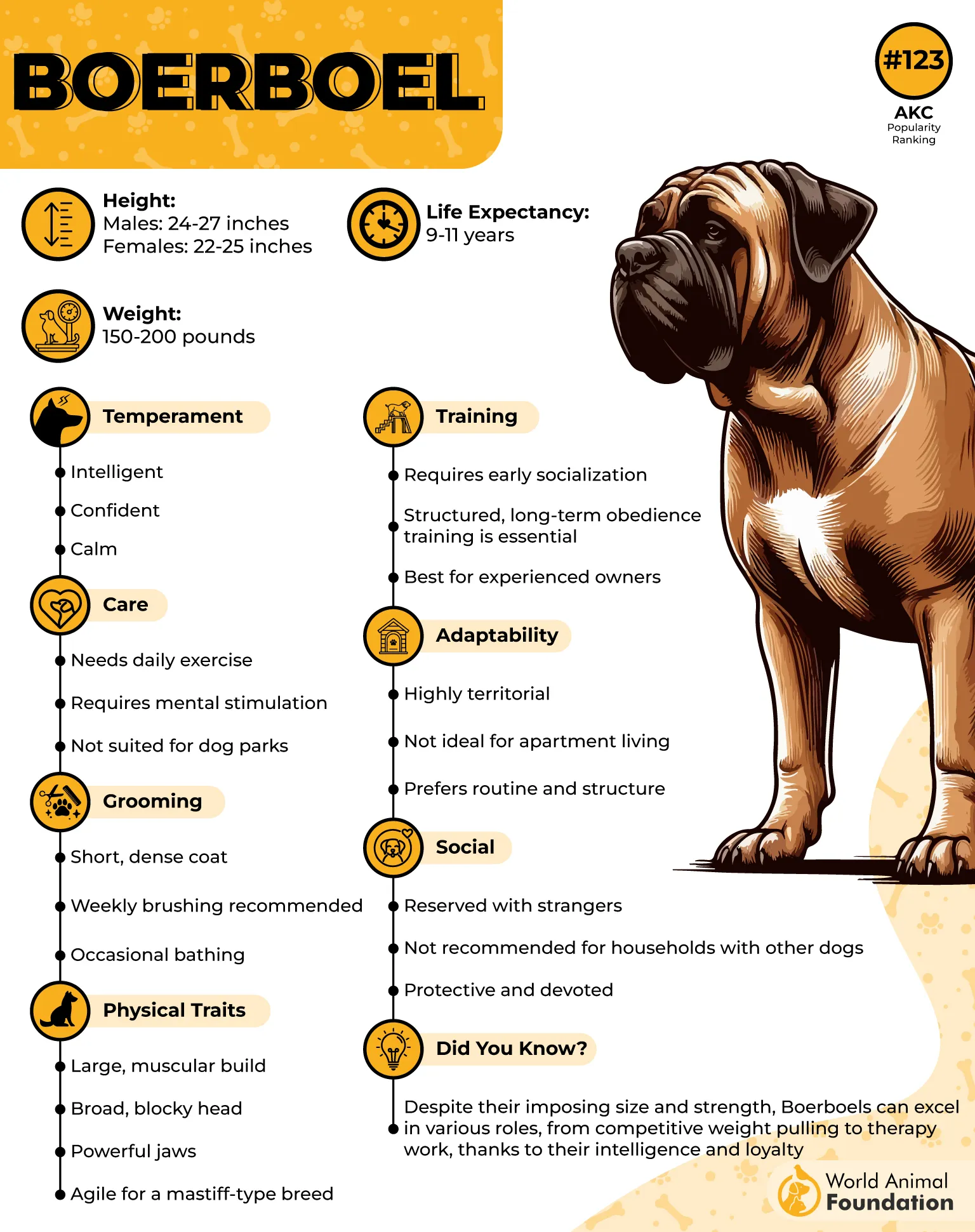
Confidence in Different Surroundings
Boerboels are often used in estate security because they stay calm across different environments. Their adaptability allows them to work on open grounds or inside enclosed residences without becoming overwhelmed. They maintain control without excessive training correction.
Firm Yet Watchful from a Young Age
Even as puppies, Boerboels show early signs of alertness and controlled confidence. Handlers often note their responsiveness to voice cues long before formal training begins. Their maturity level as growing puppies supports early engagement in protection-focused routines.
6. Cane Corso
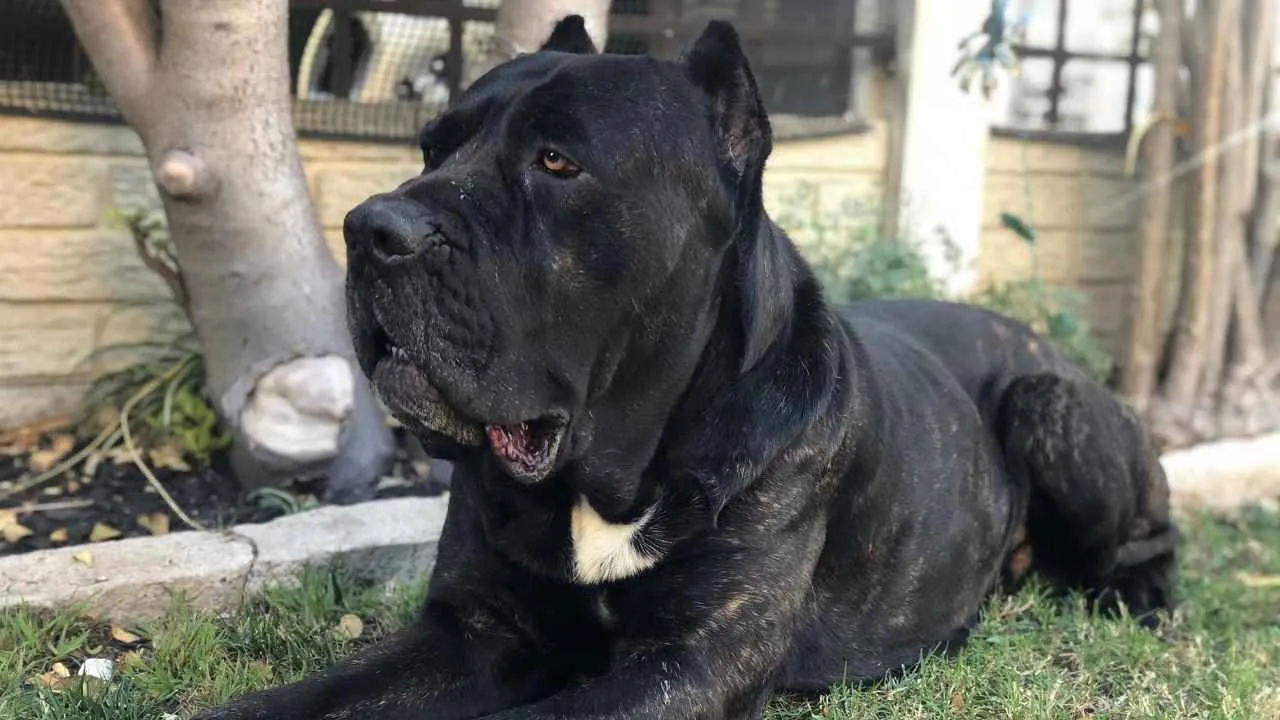
The Cane Corso has long been recognized for its commanding build and confident stance. Historically used to guard property and livestock, this breed is known for forming strong bonds with its owners. That trust becomes the foundation of its responsive and disciplined behavior.
Instinctive Guarding Ability
Corso are highly territorial and take their role as home defenders seriously. Their alert nature helps them detect unfamiliar sounds or movements quickly, reacting with controlled focus. These dogs are trained to protect without needing excessive force or noise.
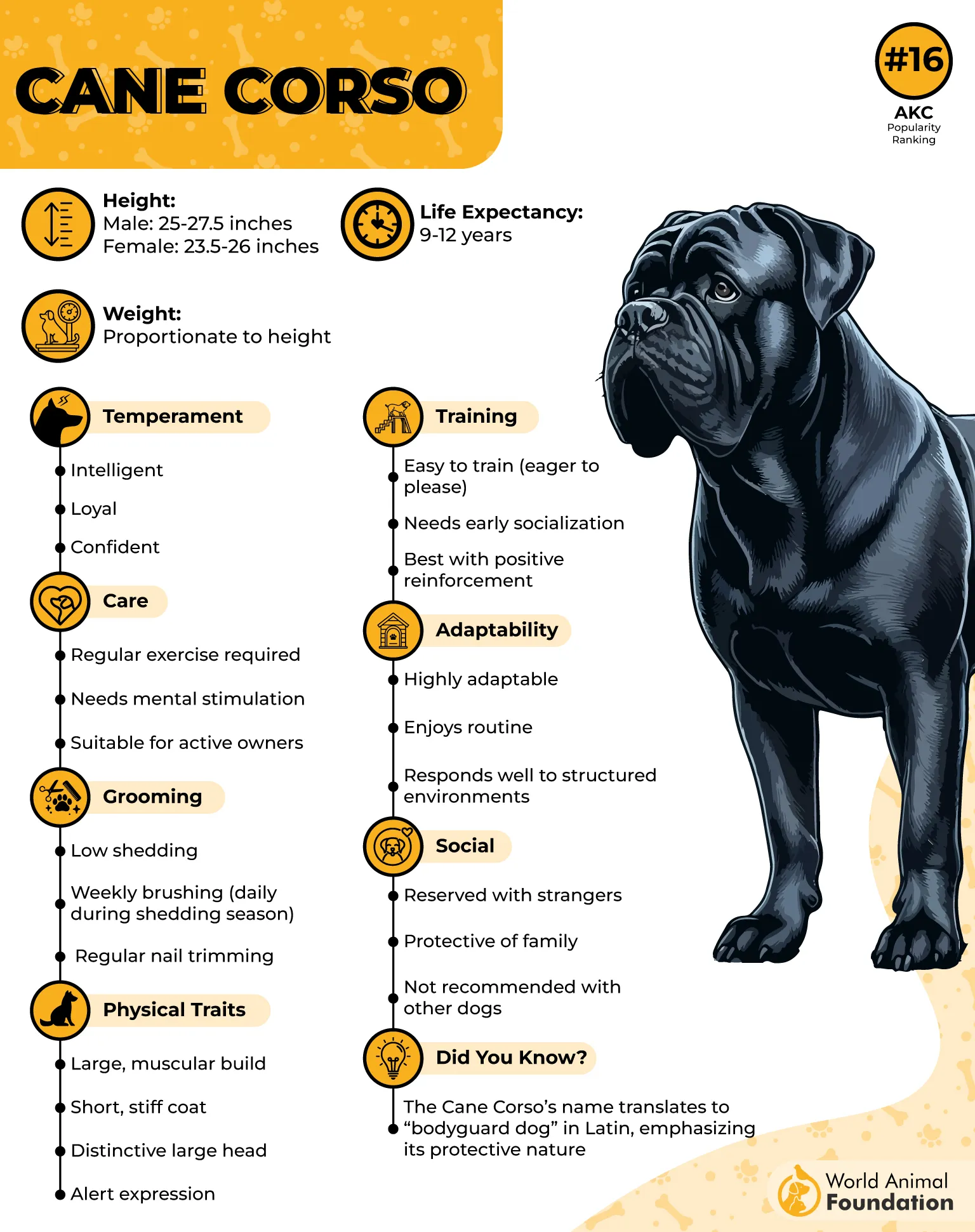
Sharp Focus in High-Pressure Moments
Whether in open space or confined areas, their body language adjusts to potential risks immediately. Cane Corso assesses surroundings with calculated movements and a steady gaze. This calm awareness allows them to act effectively in situations involving a real threat.
Needs Firm, Experienced Handling
This breed does best with owners who can establish boundaries early and maintain consistency. Without that, their protective instincts may become difficult to guide. Because of their strong drive, they are not ideal for households with small animals or inexperienced handlers.
7. American Bulldog
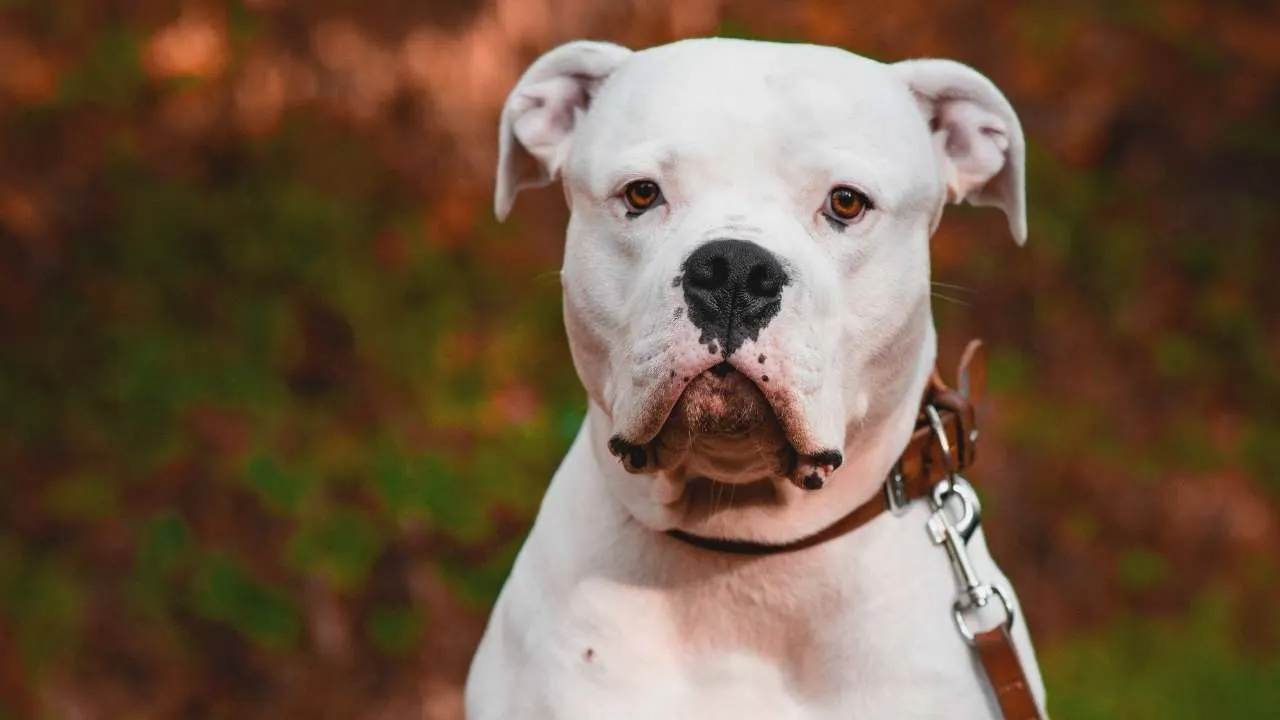
American Bulldogs have a muscular build that adds to their visual deterrence. Their strong jaw, broad chest, and confident stance make them ideal for a visible security presence. This physical power is often paired with calm responsiveness under direction.
Purpose-Bred for Protection and Work
Historically bred for guarding livestock and property, they’ve retained the instincts needed for alert territorial behavior. These dogs are known to pick up on unfamiliar movements and sounds, often responding before a threat escalates. Their working history supports their protective nature.
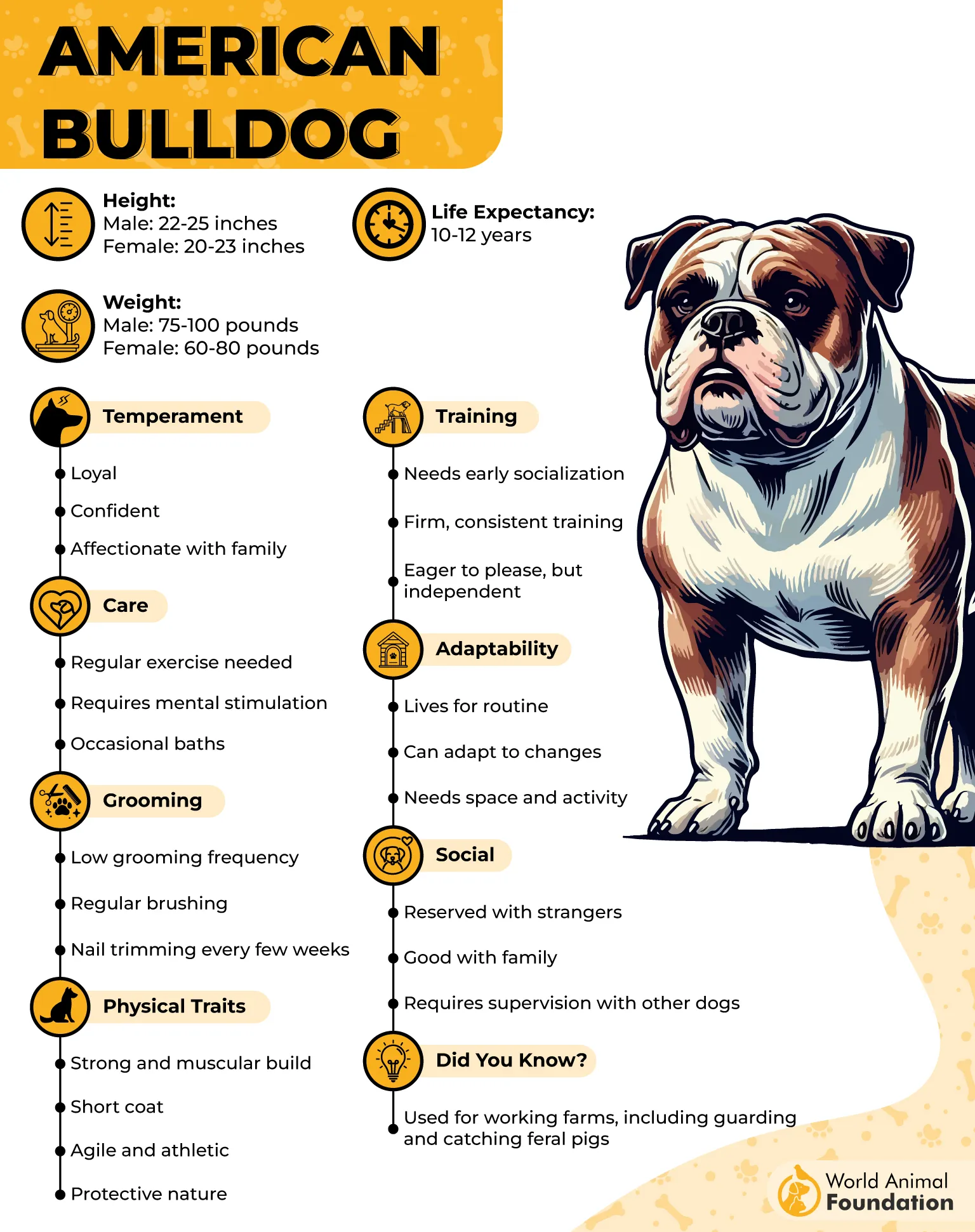
Trainable and Handler-Focused
With proper training, they develop a reliable connection with their handlers and follow cues with consistency. They benefit from early obedience work and continue to perform well when given structure. Their loyalty grows stronger in clearly defined roles.
High Alert in Private Spaces
Many handlers prefer American Bulldogs for guarding private residences or low-profile security roles. They stay close, observe their surroundings, and react quickly to unexpected behavior. Their presence alone often helps prevent unwanted interactions near the handler.
8. German Shepherd
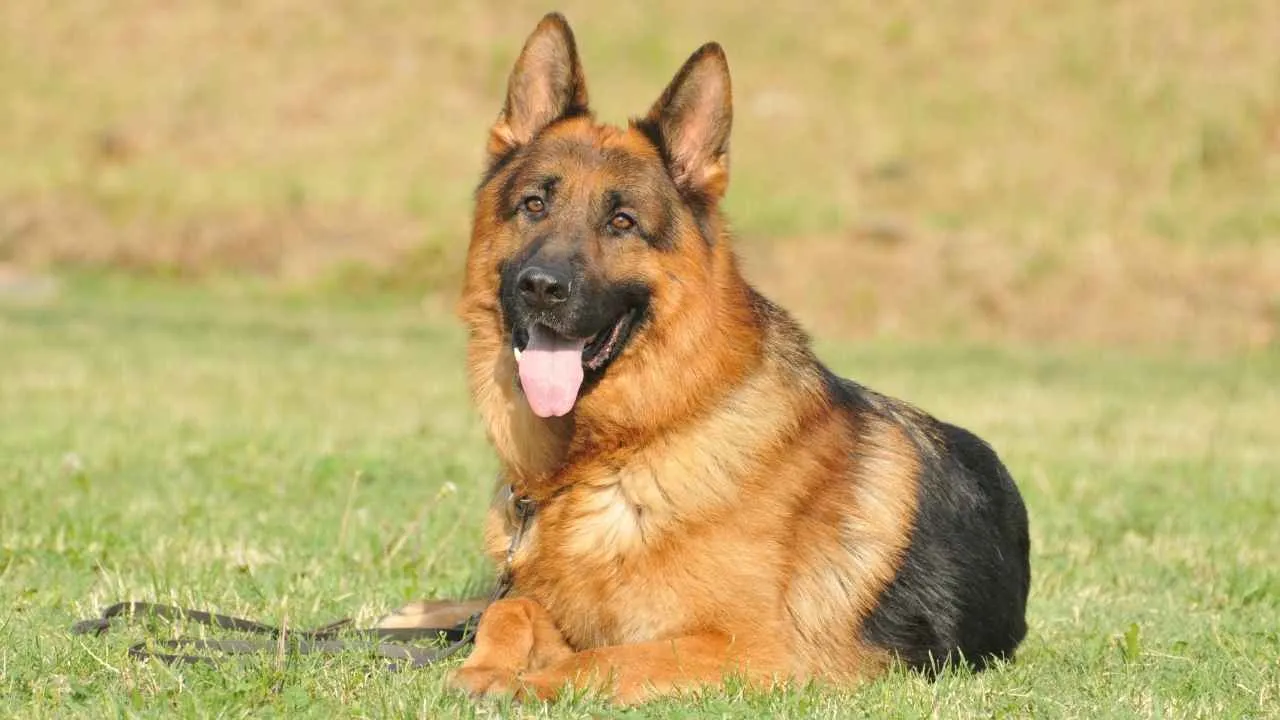
German Shepherds have been developed through selective breeding to support intense and disciplined working environments. Their reputation in military, police, and personal security teams is built on years of measurable performance. Their genetic traits contribute to precision and control.
Discipline Matched with Physical Strength
They combine strength, endurance, and alertness with responsive obedience. Security teams favor their ability to track, apprehend, and guard under pressure. These qualities make them one of the most sought-after breeds for organized protection work.
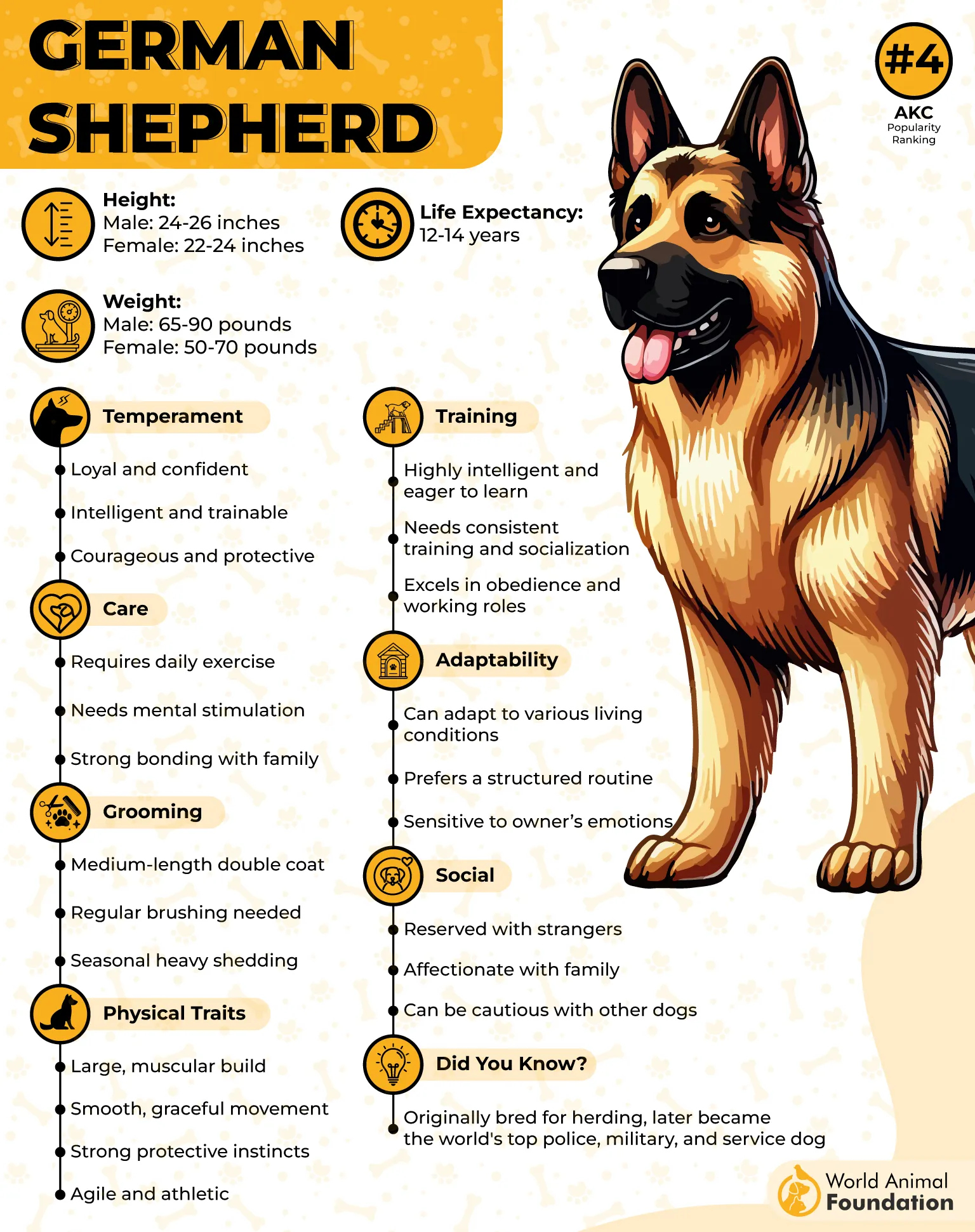
Instinctively Aware of Shifts Around Them
German Shepherds notice changes in posture, tone, and behavior, making them dependable in unpredictable environments. Their consistent ability to identify cues allows for better threat detection. This skill is sharpened with proper tactical training.
Requires Skilled Handling and Purpose
This breed needs more than physical space—it needs structured mental engagement. Without regular tasks or supervision, it may become anxious or reactive, as per PDSA. This makes them better suited to professionals than to relaxed domestic settings.
9. Boxer
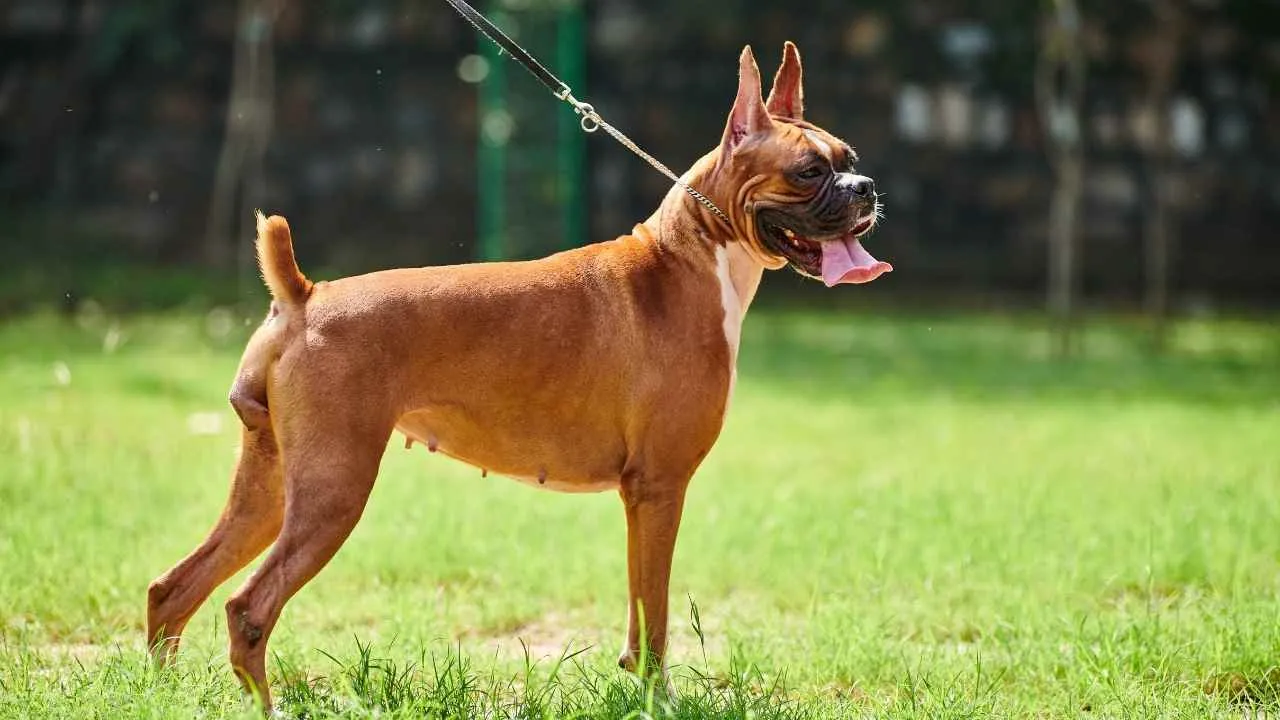
Boxers have long been recognized for their strong build, fast reactions, and willingness to protect. Their muscular frame supports both strength and agility, which are vital traits for close-range protection. They stay alert and responsive, even in busy or loud environments.
Intelligent with a Direct Instinct to Guard
This breed has natural protective tendencies that require very little shaping through training. They can distinguish between normal activity and unusual movement, often reacting before a human would. Their consistent watchfulness makes them highly dependable in tight spaces.
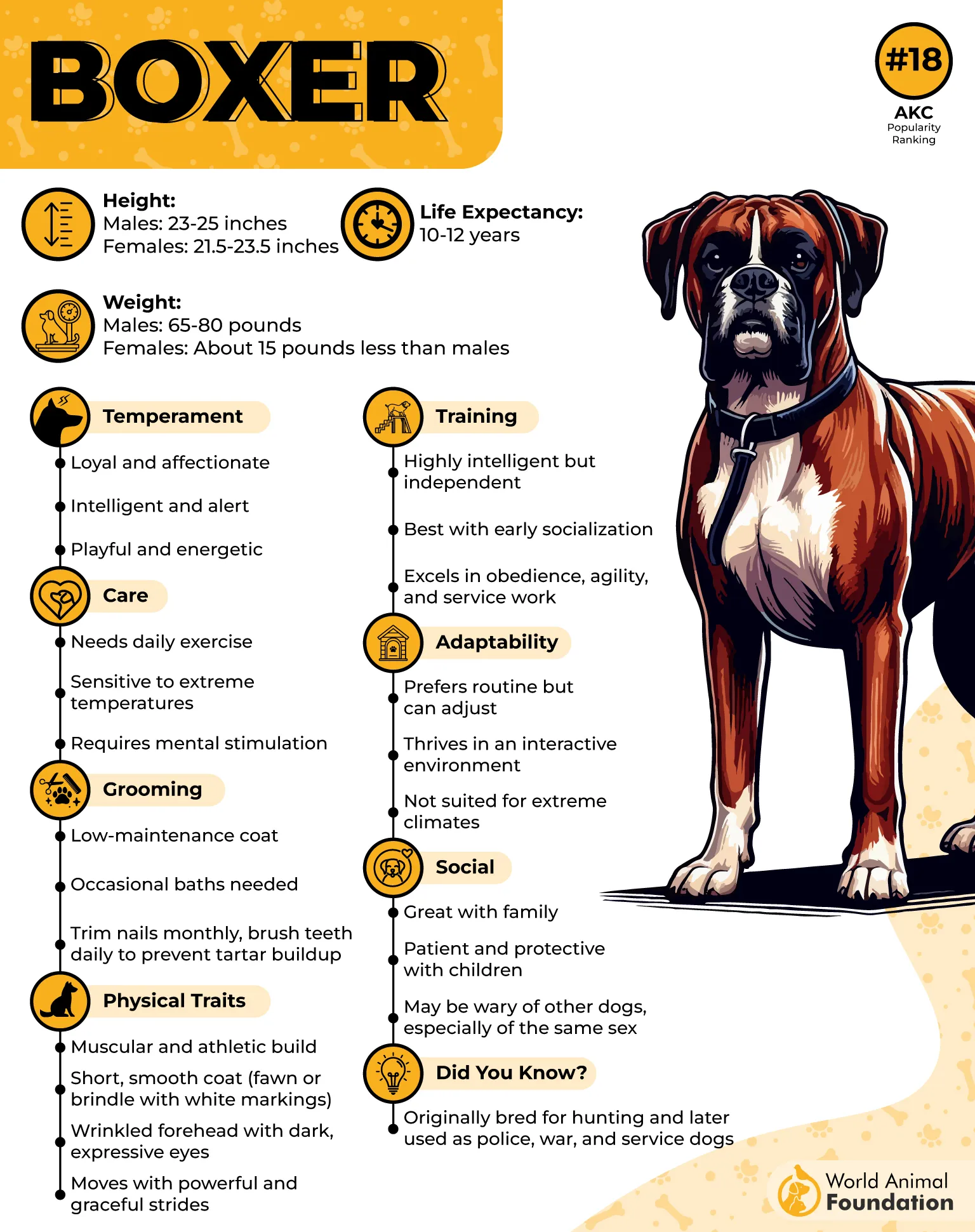
High Energy and Readiness in Every Move
Boxers respond quickly and have an active presence that keeps them physically and mentally involved. Their sharp posture and confident movement create a noticeable deterrent effect. They don’t wait for instructions to stay engaged with their surroundings.
Emotionally In-Tune with Handlers
Their loyalty includes strong emotional awareness, which helps them stay connected to their handler’s tone and behavior. Boxers can adjust their energy to match the situation and remain close to their person even during long hours of duty or travel.
10. Staffordshire Bull Terrier
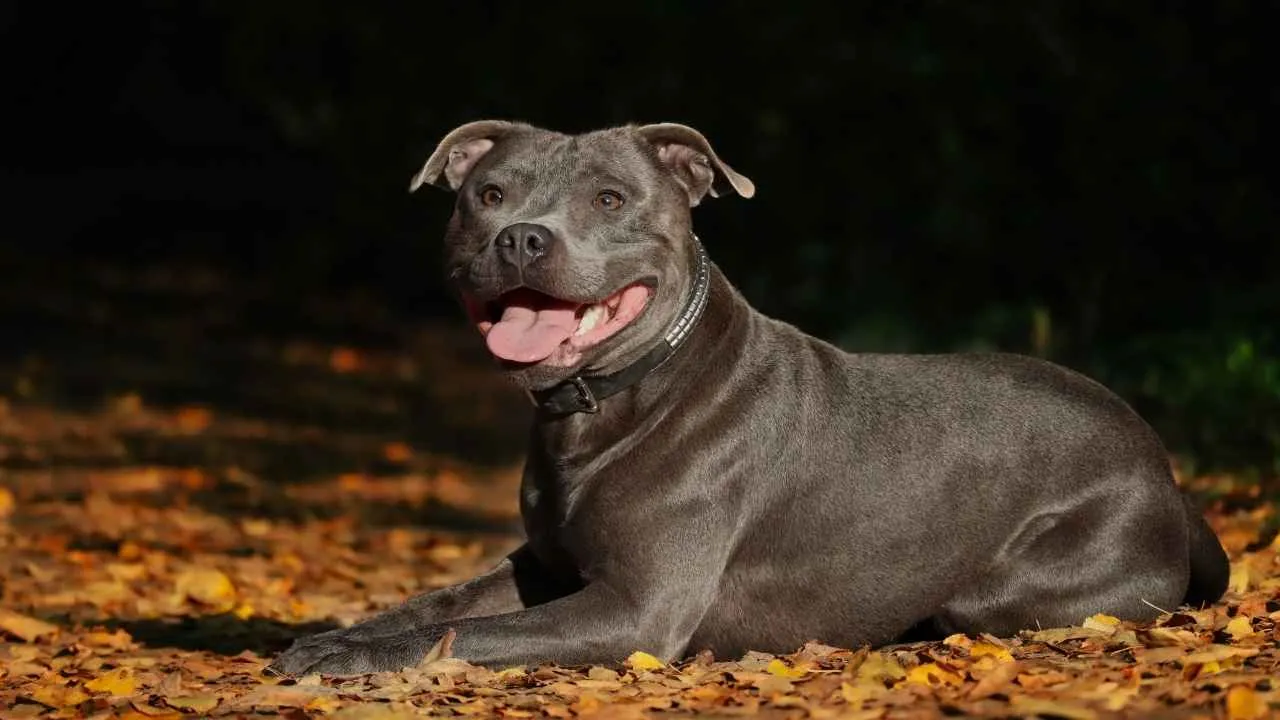
Did You Know: In the UK, the Staffordshire Bull Terrier is nicknamed the “Nanny Dog” due to its reputation for being exceptionally gentle and reliable with children when properly socialized.
This breed is compact but powerful, with a strong frame often associated with athletic control. Their body structure allows for quick reactions and excellent grip, which historically favored them in roles needing courage and close-range control.
Calm Yet Command-Aware Temperament
Despite their strength, Staffordshire Bull Terriers are known for steady nerves and a clear command response when properly trained. Their ability to maintain focus in crowded or high-stimulus areas is one of the reasons they’ve been used in specialized personal protection roles.
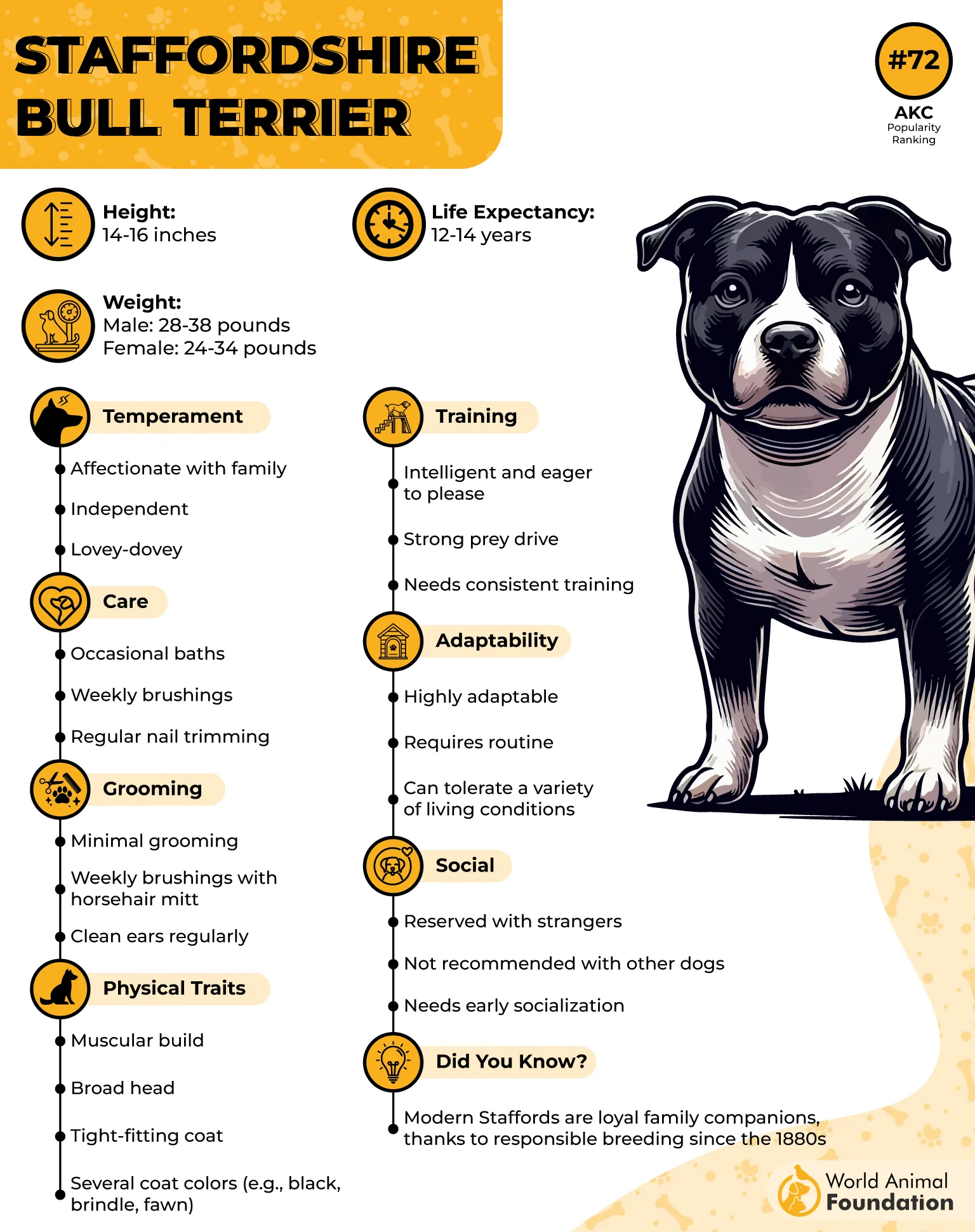
Handler-Bonded and Task-Driven
They show a high level of handler loyalty, often responding to subtle cues rather than loud or repeated instructions. Their eagerness to please makes them particularly easy to reinforce through reward-based methods, making their behavior more predictable in sensitive security work.
Physically Resilient with Mental Grit
Staffordshire Bull Terriers have shown excellent tolerance to stress, unfamiliar environments, and high-pressure drills. Their compact frame and low center of gravity also contribute to their control in tactical situations. This makes them useful where space or mobility is limited.
Conclusion
Some dogs are born to love. Others are born to protect. The breeds listed above were shaped over generations with a sole purpose: to stand between danger and the people they trust. Whether trained to attack on command or simply alert their handler to a threat, they bring a kind of loyalty that doesn’t need talking.
While their average weight may vary, what remains consistent is their mindset: focused, fearless, and loyal to their house and handler. These dogs aren’t pets you stumble upon in a park. They’re selected with care, trained with precision, and respected for their readiness.


